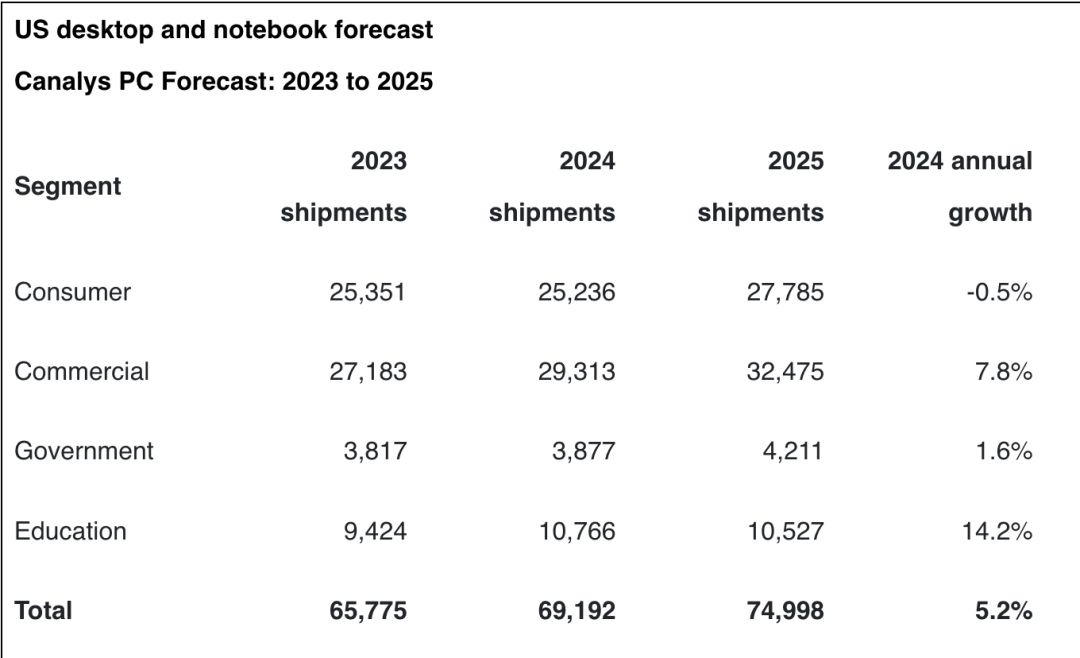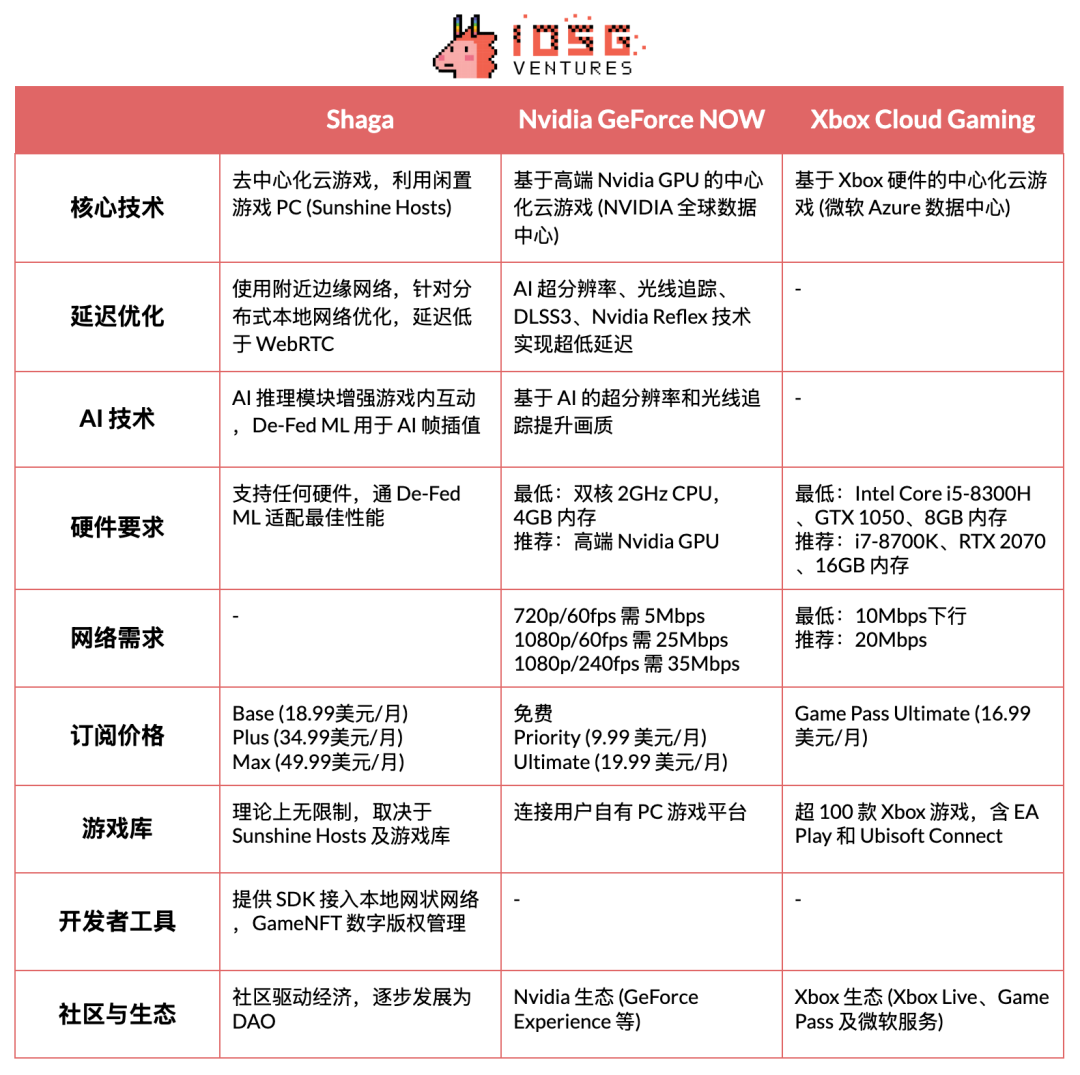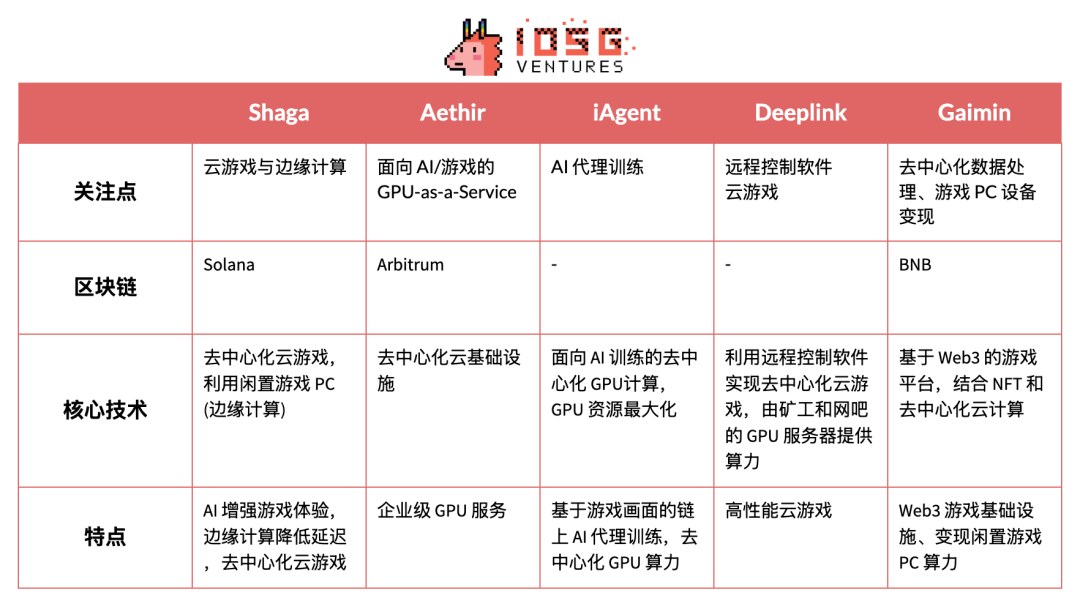By Joey Shin @IOSG

Pain points and opportunities of cloud gaming
The rapid development of cloud gaming has always faced a challenge: even with the continuous advancement of technology, the inherent defects of centralized architecture still lead to significant delays. Data shows that traditional cloud gaming services will increase latency by 40-150 milliseconds compared to local operations, an increase of 85%–800%.
To achieve the best experience, physical distance and network distribution are crucial - deploying game nodes close to end users can significantly reduce latency. However, building large data centers in various places is inefficient and expensive.
Industry status
Google has tried to solve this problem through the cloud gaming platform Stadia. Although Stadia's failure can be attributed to multiple factors such as marketing errors and mismatched user needs, the core reason that is often overlooked is that the technical promise has not been fulfilled. The "negative latency" it claims cannot be achieved under the existing technical architecture. After all, latency is ultimately limited by the objective law of physical distance.
There are many similar situations. Just take Xbox Cloud as an example. It has 40 million users, but there are latency issues because it relies on centralized data centers, which are usually underutilized and far away from users. This solution is "enough" for some casual or single-player games, but it is obviously insufficient for competitive or multiplayer gamers who pursue the ultimate immersive experience.
Advantages of P2P Networks
The particularities of cloud gaming make it an ideal testing ground for distributed networks:
- Shortening physical distance and optimizing network distribution are the keys to reducing latency
- Cloud gaming can provide high-quality services without the need for bulky hardware equipment
This is exactly the advantage of P2P networks over centralized cloud services: on the one hand, P2P nodes can be closer to end users; on the other hand, they do not require expensive large data centers - consumer-grade hardware can provide high-quality services and cover areas that traditional data centers cannot reach.
Market supply adaptation

According to Canalys, there are 2 billion gaming PCs in the world, with 100 million new PCs added each year. Although PC production continues to grow, the utilization of devices for entertainment purposes has not increased at the same rate. At the same time, the demand for games is growing exponentially.
The contradiction between idle high-performance devices and surging demand for games has created opportunities for P2P cloud gaming networks: by integrating idle computing resources, services are provided to players who need low-cost, high-quality game access (especially users in emerging markets who cannot afford professional equipment).

Therefore, we believe that edge computing and low-latency cloud gaming are expected to become the mainstream game distribution method, just as streaming platforms make content distribution more flexible and convenient.

Shaga’s Solution
Shaga is a DePIN product of the Solana ecosystem, focusing on achieving the lowest latency through edge computing.
Shaga creates a cloud gaming experience through edge computing: allowing any user to set up a node and share gaming resources. Computing power providers can make full use of game optimization equipment, and players can enjoy high-performance, low-latency gaming experience at a lower cost. Through this model, gaming PC holders can convert their devices into micro data centers at no cost and gain passive income. Moreover, participating in the DePIN network does not require the purchase of Shaga customized hardware, which greatly reduces the threshold for ecological participation.
Although Shaga is compatible with both Web2 and Web3 games, it is worth mentioning that Shaga innovatively supports Web3 games: through a controller with a built-in hardware wallet, blockchain interaction can be easily achieved without the user's awareness.
Web2 Competitor Comparison
Compared with Web2 cloud gaming giants, Nvidia and Xbox have a larger user base, but both have shortcomings:
- High latency
- Limited supply of games
- Service performance fluctuates depending on the user's distance from the data center
Shaga is expected to stand out with the following advantages:
- Decentralized cloud gaming model
- Edge computing to reduce latency
- AI-Enhanced Gaming

▲ Source: IOSG
Web3 Competitor Comparison
Although there are many Web3 projects involving games and decentralized computing, their technical paths and product positioning are significantly different:
- Aethir focuses on enterprise-level GPU computing services, but focuses on data centers, which is closer to traditional Web2 solutions;
- iAgent focuses on AI agent training;
Although Deeplink also plans to develop cloud gaming, latency and security are not core considerations, and it mainly relies on the centralized computing power supply of miners and Internet cafes.
In contrast, Shaga focuses on the field of cloud gaming and builds a unique competitive advantage through the "distributed node network + social incentive system" - while providing low-cost, low-latency, high-quality cloud gaming services, it uses social tasks and token reward mechanisms to improve player retention.

▲ Source: IOSG

Application Scenario
#Mobile Gaming Experience
Imagine that you may not have a gaming PC, or you may be away from your gaming equipment - you still want to play a high-quality game at any time in a cafe, library, or even on the road. No need to carry a high-performance laptop or rely on a remote cloud server, just open Shaga on any device (tablet, mobile phone or thin and light notebook) to "borrow" the computing power of nearby nodes and get a low-latency, high-fidelity gaming experience anytime, anywhere.
#Local Multiplayer
Shaga is not only a gaming platform, it is also a social platform. With edge computing infrastructure, Shaga not only provides a better single-player gaming experience, but also brings innovation to localized multiplayer games such as Super Smash Bros., FIFA, and Tekken. Through the FriendGrid system, users can play online in real time even if they are not in the same room.
#Game and live streaming interaction
Game live streaming is a huge market with 7 million active streamers and 35 million daily active users. Shaga allows streamers to collaborate directly with selected viewers through the "one-click same screen" function, adding a new dimension of social interaction. By transforming passive viewing into active participation, Shaga creates a more immersive experience.
We believe this is just the tip of the iceberg, and the expansion of application scenarios will enable Shaga to inject unique experiences into the gaming community.
#User experience is the core
Shaga is built around the needs of end users, whether they are node providers or gamers. Node providers can use idle computing resources to create value for users and gain additional revenue, while players can enjoy the ultimate cloud gaming experience. Not only that, through the FriendGrid social system, the gaming experience has stronger social attributes and immersion.
To ensure a high-quality user experience, Shaga plans to implement a cloud-based game status archive function and create checkpoints regularly. If a node fails, the game will be instantly restarted on another node using the cloud archive. In the future, a pledge and reputation system will also be established to incentivize high-quality node operators through game theory mechanisms.

team
The Shaga team is focused on creating a user experience, and we believe they will redefine the way games are interacted with — not only in the Web3 space, but also in the Web2 ecosystem. Shaga has moved beyond being just another cloud gaming platform to building a decentralized user-driven network that fundamentally changes the underlying logic of game distribution, experience, and monetization. Visit https://shaga.xyz to experience it, or follow X (https://x.com/playonshaga) for the latest updates.














